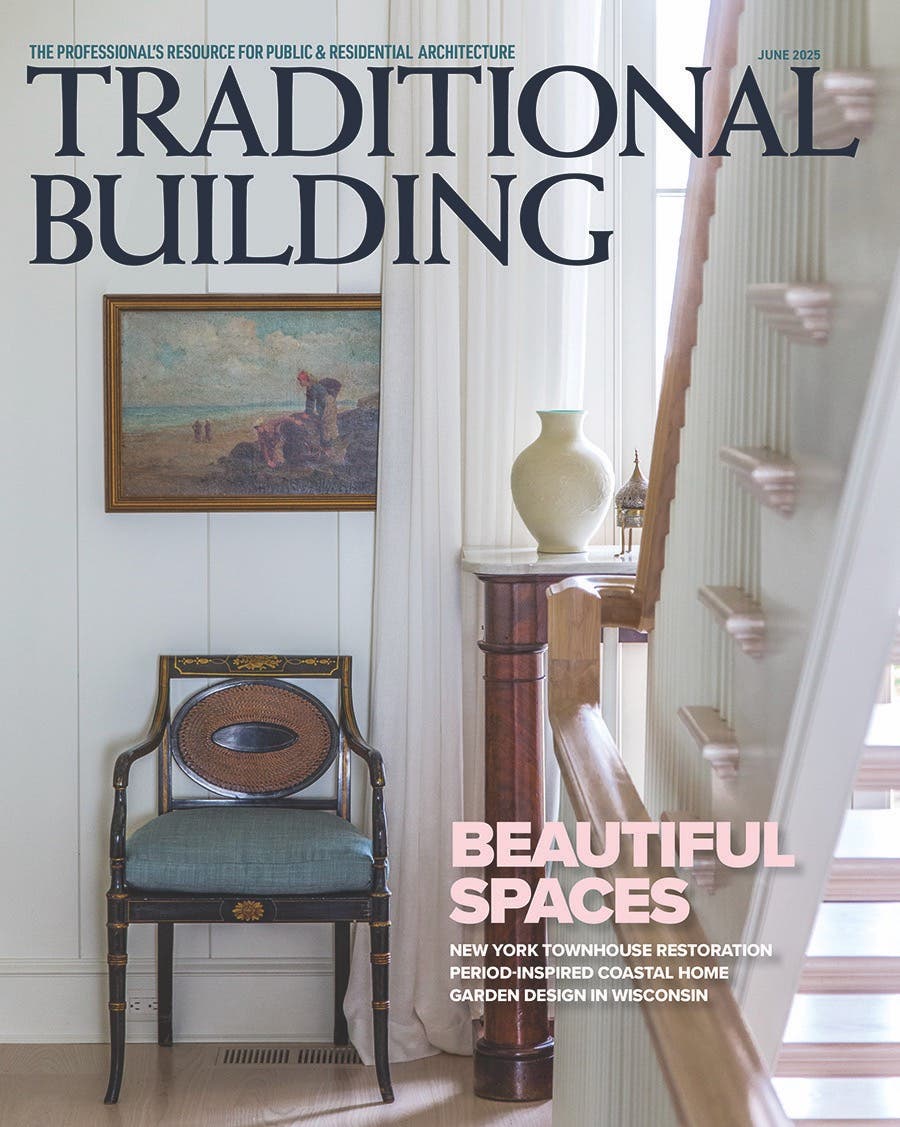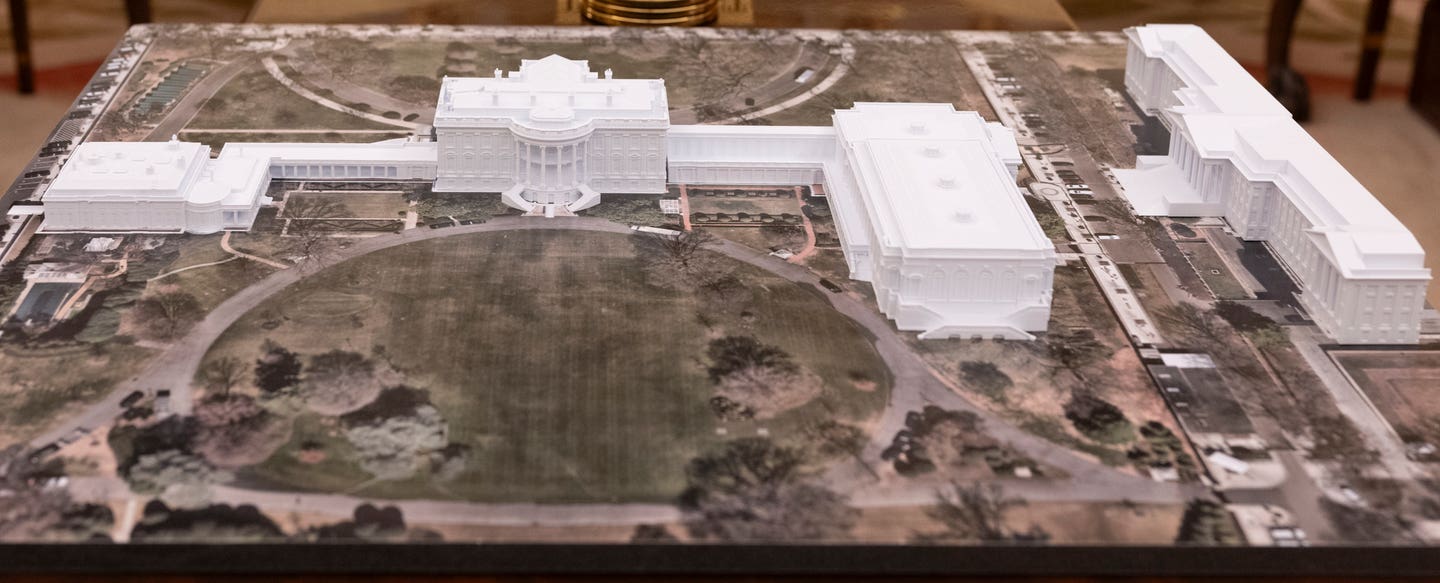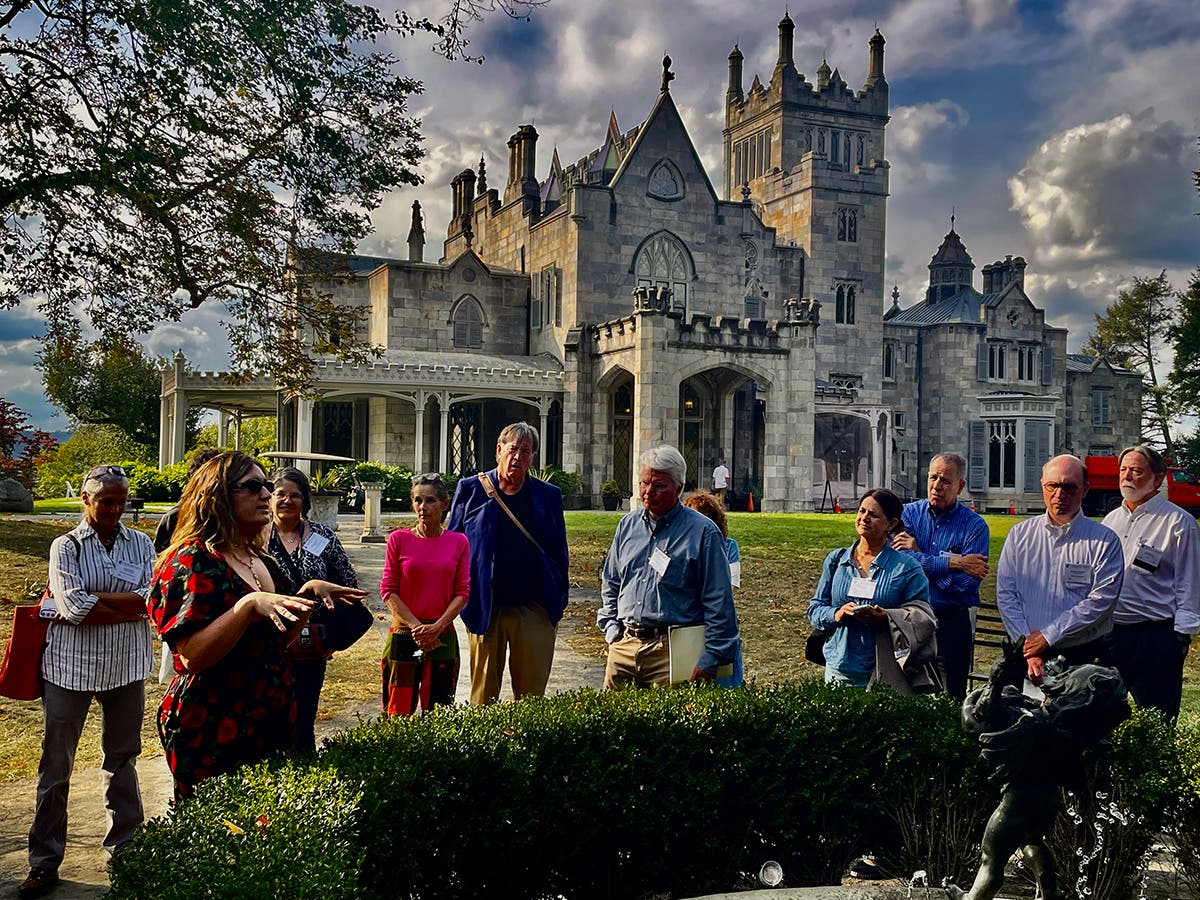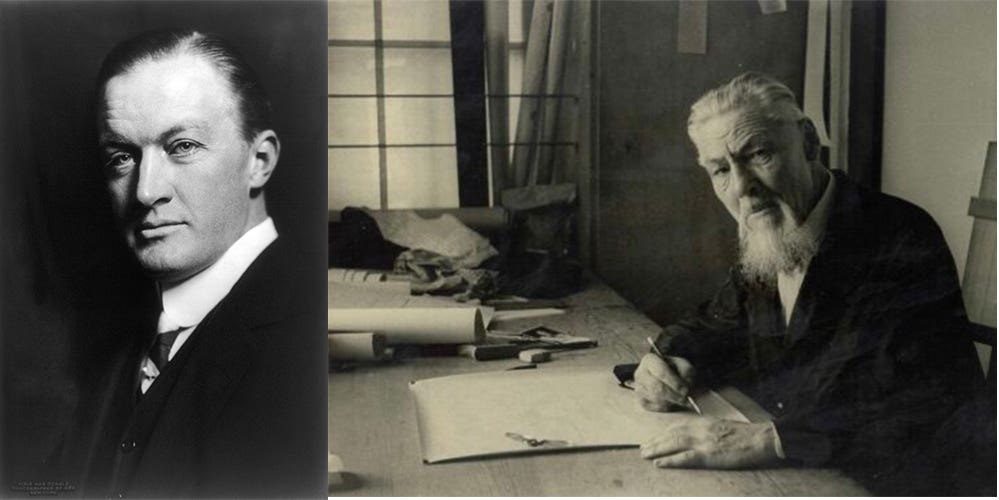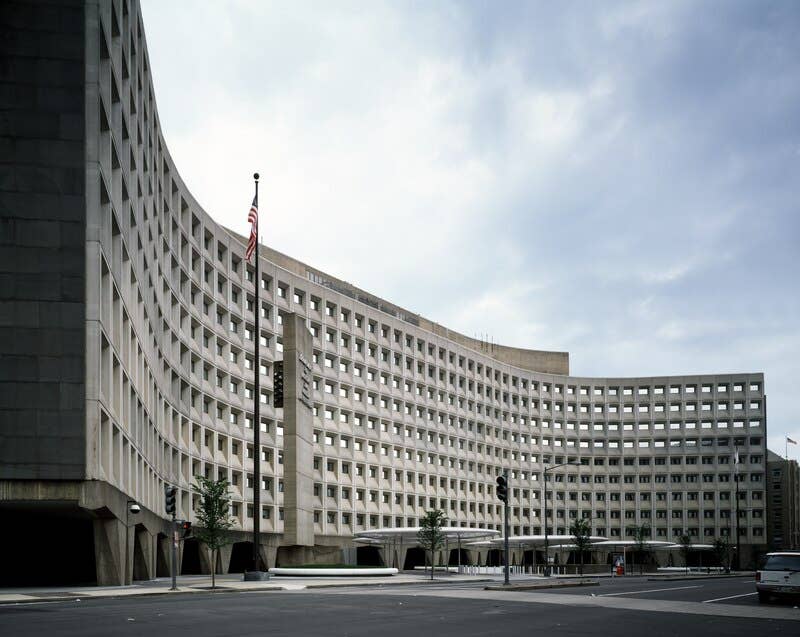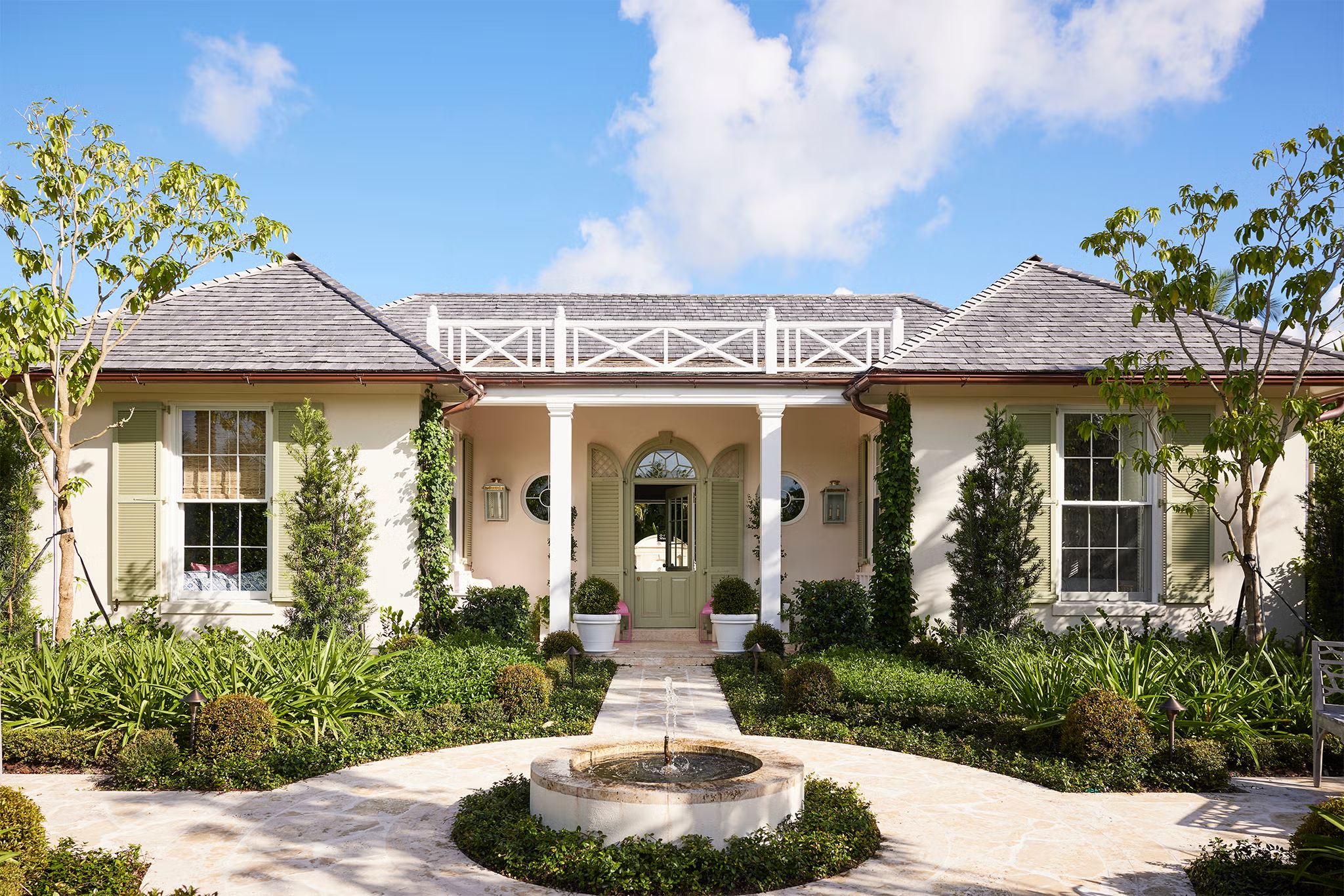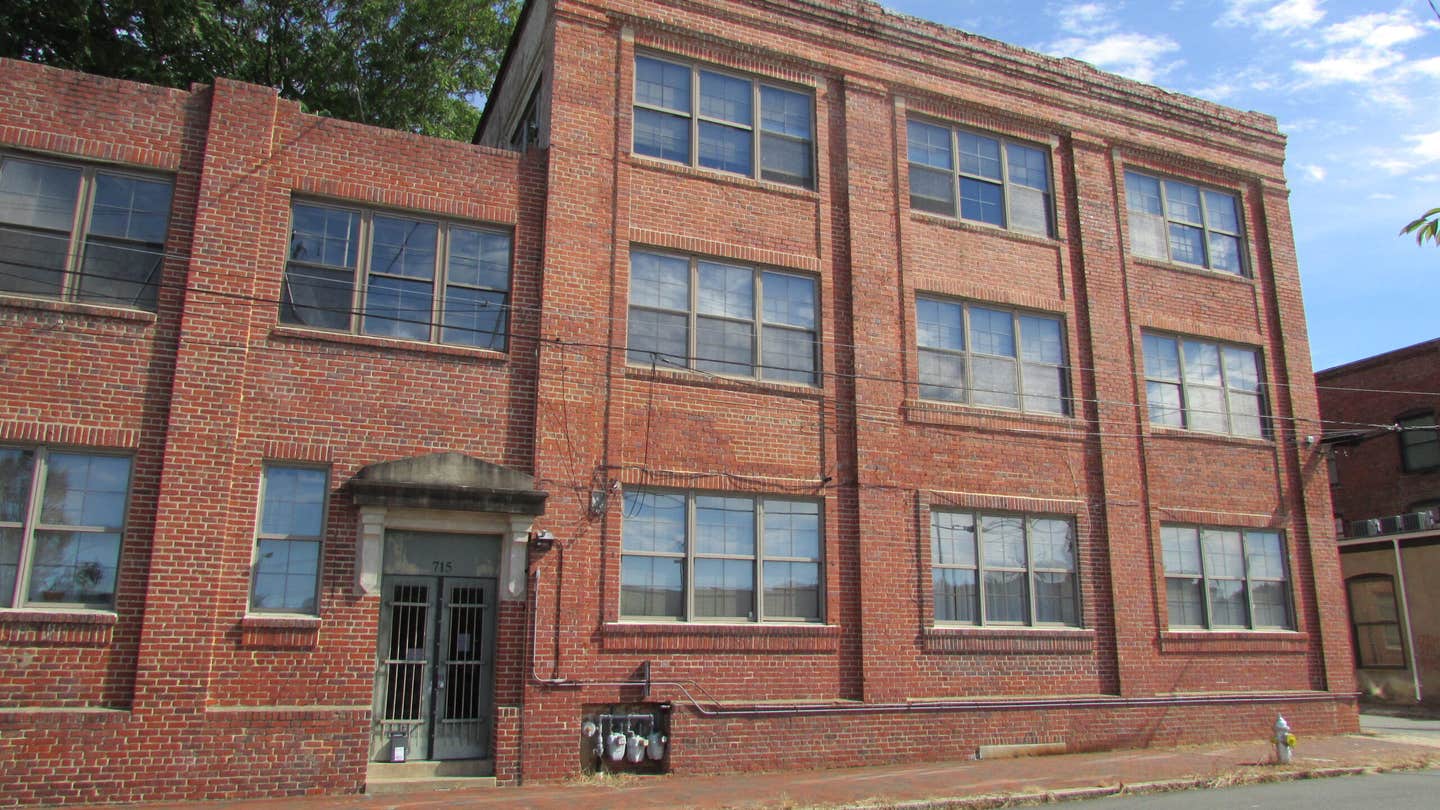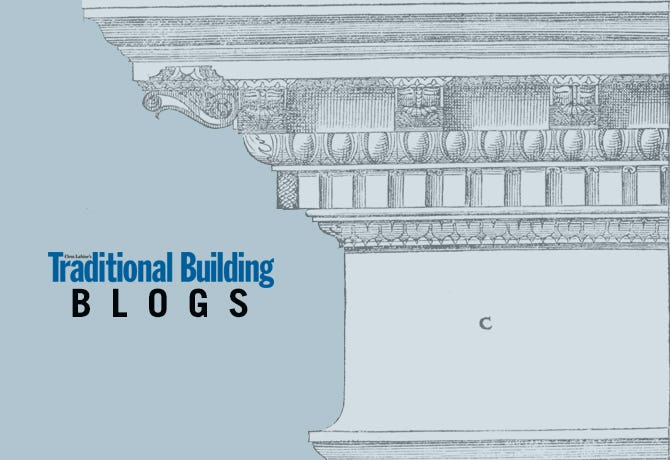
Rudy Christian
Building Conservation Is Climate Conservation
October 24th was the International Day of Climate Action, and the conservation community missed a major opportunity to wave our flag. I’m not saying that we are oblivious to the important role keeping historic buildings useful plays in protecting the environment, but I wonder how many of us realize the importance of aligning preservation and environmentalist communities.
We talk about the same things and address many of the same issues and even, in some cases, speak the same language. Carl Elefante, AIA, LEED AP, Quinn Evans | Architects, who will be one of the keynote speakers at the upcoming Colorado Preservation Inc. Saving Places conference entitled “Preservation: the Foundation of Sustainability,” reminds us that “the greenest building is the one already built.” Wouldn’t it make sense to have Bill McKibben, author of books that include Deep Economy – the Wealth of Communities and the Durable Future and organizer of 350.org, an international campaign dedicated to building a movement to unite the world around solutions to the climate crisis, share the role of keynote at such a seemingly important conference?
Many people who have committed their lives to building conservation and the preservation of traditional trades are keenly aware of the influence that construction and preservation have on the environment. My good friend and fellow tradesman Gerard Lynch, who recently spoke at the International Trades Education Symposium in Leadville, CO, has been addressing issues of sustainability from the perspective of a master mason.
In recent conversations and writings he has brought to my attention some staggering facts. In one communication he pointed out that “the manufacture of Ordinary Portland Cement (OPC) is responsible for about 5% of human-caused emissions of carbon dioxide, [and] the largest consumer of OPC is the concrete industry.” In other words, one of the principal building materials used in modern construction is one of the major contributors to climate change.
Cementing Climate Change
Richard Moe, president of the National Trust for Historic Preservation, has been quoted citing a recent report which says that by 2030 nearly one-third of the country’s buildings would need replacing simply because they were never built or designed to last any longer in the first place. That would create enough debris to fill 2,500 NFL stadiums, it has been calculated, and the energy to re-construct, Moe said, would power the entire state of California for 10 years. How much OPC went into the construction of those buildings?
As preservation professionals and tradespeople, we are all too aware of the challenges presented in maintaining modern structures because of the recent rapid evolution in the manufacture and application of modern building materials. Compared to challenges that are faced by owners of historic structures, who often have trouble seeing the value in hiring contractors who understand and employ traditional trades and materials, it becomes clear that the solution to the latter easily comes through education, while the solution to the former requires technology that arguably is what got us into the recent spiraling increase in CO2 emissions. Shouldn’t we be working to encourage the application of the knowledge we have already accumulated to the construction of more durable buildings?
A return to traditional building?
The 20th-century movement away from traditional building systems and architecture unquestionably reduced the expected useful life of new buildings compared to our wealth of historic buildings. The 20th-century building boom was also a major underpinning of its boom economy, but as we move further into the 21st century, we begin to become acutely aware of some of the side effects of both.
Can we logically move toward solving the problems those side effects have produced without combining the knowledge and energy of communities that are rapidly evolving as people realize the importance and crucial nature of joining forces? Is there really any basic difference between people who are working to save our historic buildings and those working to save our environment?
When the National Heritage Training Group conducted its skills-needs analysis of the built heritage sector in England in 2005, the group interviewed high-school-age young people in an effort to determine how to motivate them to pursue an education in trades. The heritage group asked them if they could have anything they wanted, with no restrictions, what would be the top three things. They overwhelmingly replied, “Sex, drugs and to save the world.” To save the world. If that isn’t a challenge for us to learn to work together toward our common goals, I’m not sure what could be.
Rudy R. Christian is a founding member and past president of the Timber Framers Guild and of Friends of Ohio Barns and a founding member and executive director of the Preservation Trades Network. He is also a founding member of the Traditional Timberframe Research and Advisory Group and the International Trades Education Initiative. He speaks frequently about historic conservation and also conducts educational workshops. Rudy has also published various articles, including “Conservation of Historic Building Trades: A Timber Framer’s View” in the “APT Bulletin,” Vol. XXXIII, No. 1, and his recent collaborative work with author Allen Noble, entitled “The Barn: A Symbol of Ohio,” has been published on the Internet. In November 2000, the Preservation Trades Network awarded Rudy the Askins Achievement Award for excellence in the field of historic preservation.
As president of Christian & Son, his professional work has included numerous reconstruction projects, such as the historic “Big Barn” at Malabar Farm State Park near Mansfield, OH, and relocation of the 19th-century Crawford Horse Barn in Newark, OH. These projects featured “hand raisings,” which were open to the public and attracted a total of 130,000 interested spectators. He also led a crew of timber framers at the Smithsonian Folk Life Festival, Masters of the Building Arts program, in the re-creation and raising of an 18th-century carriage house frame on the Mall in Washington, DC. Roy Underhill’s “Woodright’s Shop” filmed the event for PBS, and Roy participated in the raising.
Christian & Son’s recent work includes working with a team of specialists to relocate Thomas Edison’s #11 laboratory building from the Henry Ford Museum to West Orange, NJ, where it originally was built. During the summer of 2006, Rudy; his son, Carson; and his wife, Laura, were the lead instructors and conservation specialists for the Field School at Mt. Lebanon Shaker Village, where the 1838 timber frame grainery was restored. In July and August 2008, Rudy and Laura directed and instructed a field school in the Holy Cross historic district in New Orleans in collaboration with the University of Florida and the World Monuments Fund.
Rudy studied structural engineering at both the General Motors Institute in Flint, MI, and Akron University in Ohio. He has also studied historic compound roof layout and computer modeling at the Gewerbe Akademie in Rotweil, Germany. He is an adjunct professor at Palomar College in San Marcos, CA, and an approved workshop instructor for the Timber Framers Guild.


